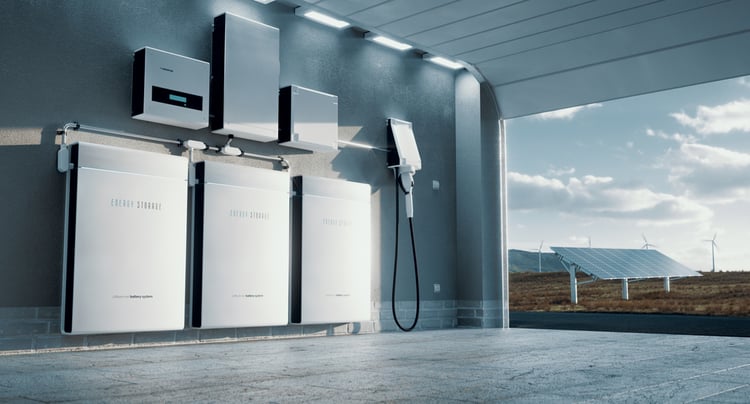Electrical networks are fundamental in modern society. They deliver massive amounts of power to buildings in an instant, and we have no other method of power delivery that matches their scale and speed. However, electrical networks also have their technical limitations and blackouts occur when they cannot keep up with consumption.
Most of the time, power grids operate at partial capacity. For example, they are lightly charged after midnight, when most of the population is sleeping and less equipment is used. On the other hand, the network can be pushed to its limits on hot summer days, when buildings use their air conditioning systems at full capacity.
Improve energy management in your building and reduce your energy and gas bills.
Here we will discuss four technologies that improve energy management in buildings, which also benefit the grid.
1) Battery systems
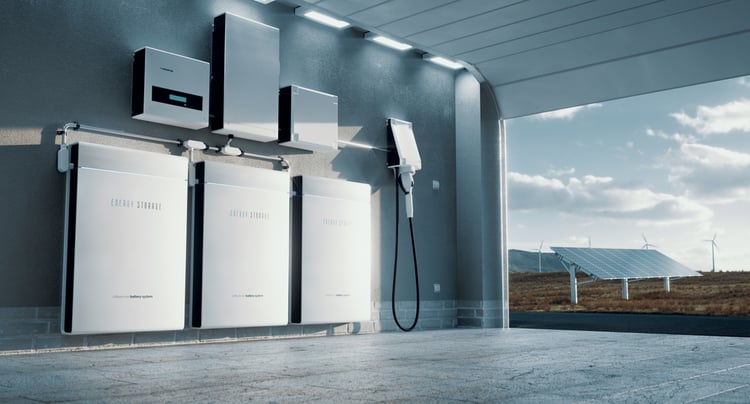
You may have noticed that energy storage systems like the Tesla Powerwall are getting a lot of hype – and there's a reason. When used in utility-scale projects, solar panels and wind turbines can produce electricity at a lower cost than coal, which has been the cheapest energy source for decades. However, this does not mean that our networks can become 100% renewable immediately:
- Solar panels and wind turbines are economical, but they only generate energy when their respective inputs are available. There is no solar generation at night and wind turbine output drops to zero when the air is still.
- Fossil fuels are more expensive and polluting, but they can generate electricity at any time. A coal or gas-fired power plant can operate 24 hours a day, 7 days a week, as long as its fuel is available.
With battery systems, solar panels and wind turbines can provide a greater share of our electricity. Energy is stored when there is surplus production and consumed when demand is high. With sufficient energy storage capacity, the variable nature of solar and wind energy is no longer an issue.
Installing batteries in multiple buildings and connecting them to a smart platform is a promising concept. The energy storage capacity and energy production of many distributed systems can be coordinated, making the grid more flexible – this is called a virtual power plant.
2) Electric vehicle fees
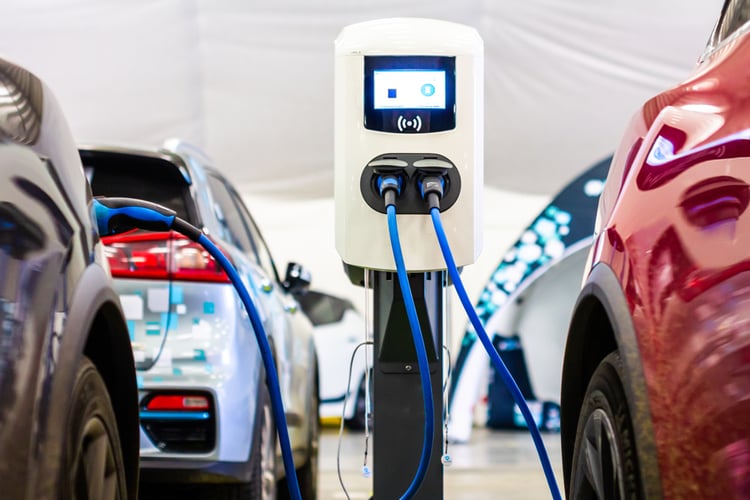
Electric vehicle chargers in commercial buildings fulfill two main functions:
- They encourage the use of electric vehicles, as there are more places where they can be recharged. This could help decarbonize the transport sector.
- They can absorb excess production from renewable sources, using it to charge EVs that are currently plugged in.
In places with high adoption of solar energy, like California, the large amount of electricity generated around midday can even become a problem. Grid operators are forced to reduce output from conventional power plants, or the grid may become unstable and suffer blackouts. Combined with building battery systems, electric vehicle chargers can help absorb these peaks in solar generation.
3) Cooling plants with ice storage
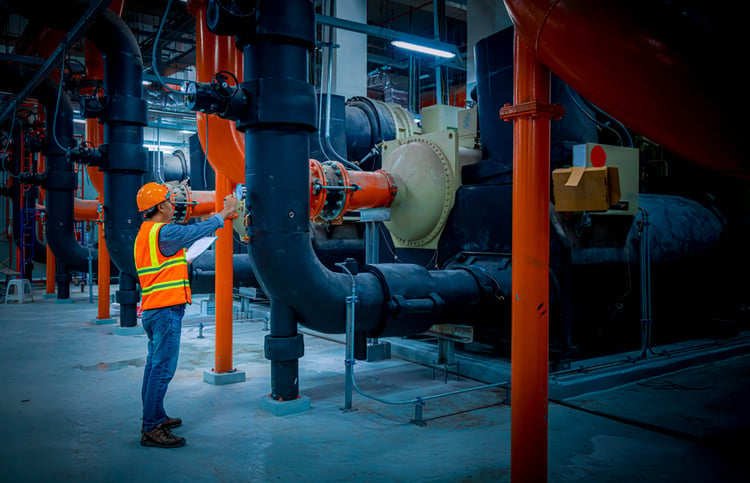
As mentioned above, air conditioning can overload the network on the hottest summer days. Electric companies are constantly upgrading their power lines and transformers to keep up with demand, and these investments are recouped through higher energy prices. Ice storage can mitigate the impact of refrigeration systems on grid demand:
- Building owners can configure their cooling plants to produce ice during off-peak hours or when there is plenty of extra energy from renewable sources.
- Chillers can be turned down during peak demand times, reducing grid workload, and stored ice can be melted to provide air conditioning.
The concept of cooling plants with ice storage can be applied to district refrigeration systems, reducing the energy consumption of many buildings at the same time. Chicago has the largest district cooling system in the world with this technology, capable of reducing demand by 200 MW by melting ice.
4) Controlled Loads
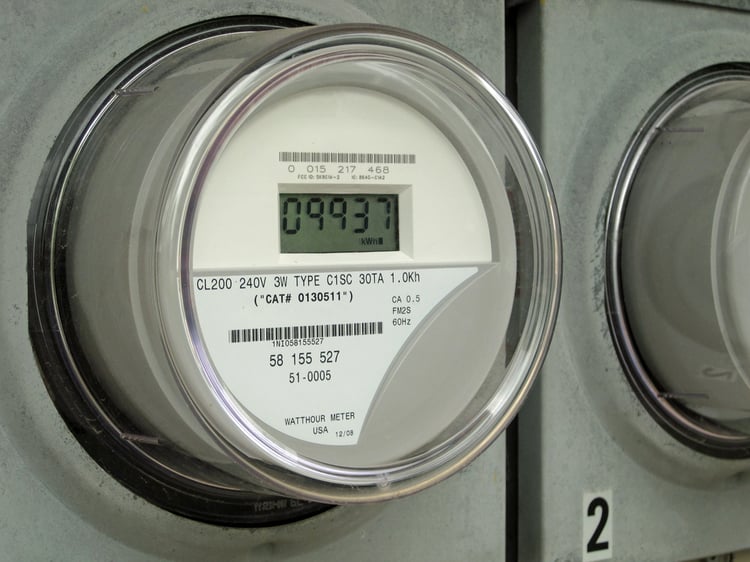
The basic principle of controlled load is very simple and the concept is widely used to reduce grid demand in Australia:
- Some electrical devices have flexible operating hours – they can perform their function at any time of the day.
- These devices are connected to a separate energy meter and receive a lower rate.
- In exchange for this benefit, the owner agrees to use these devices only when the electrical grid is lightly loaded – never during peak demand times.
For example, if you have a controlled load tariff for a hot water system , you cannot use the heater during peak demand – this typically happens at night. However, you can heat water at a lower rate at other times of the day, and you can use hot water storage during peak demand times.
Controlled charging is also a popular option for pool heaters, which can reduce your costs when operating during off-peak hours.
Conclusion
Electrical grids are more expensive to operate when there are sharp spikes in energy consumption at specific times. The transmission and distribution capacity of the network must be high enough for the highest expected demand, but this also means having idle capacity for the rest of the time. However, utility companies must recover their capital expenditure and fixed costs, and this is achieved through higher tariffs.
Energy management measures can control energy consumption in buildings , reducing demand charges and consumption at peak times. At the same time, the network benefits from reduced peak demand – which reduces the need for frequent infrastructure upgrades, avoiding the kWh price increases that accompany them.

